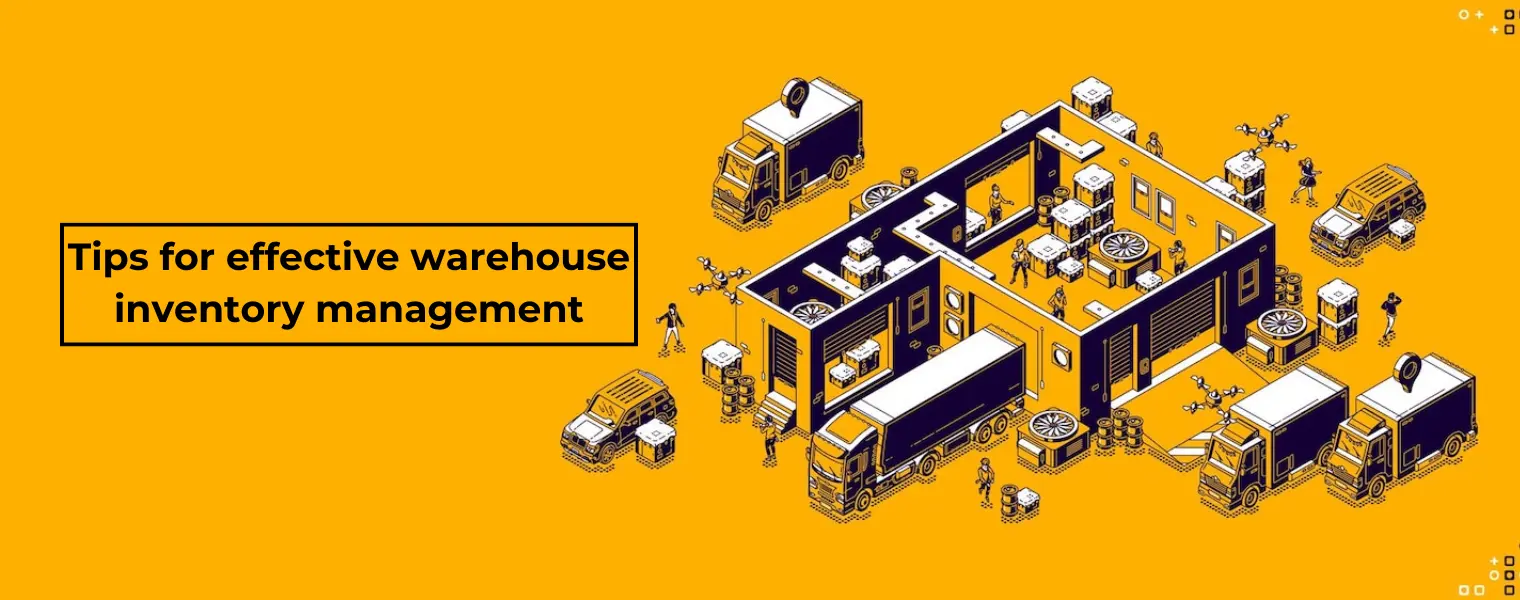
When you assign unique barcodes to each item, it's much easier to keep track of your inventory. When you use barcodes, your warehouse management software records the location of a product whenever it is scanned. This reduces the possibility of stock being lost during normal operations. When inventory data is in the system, stock counting becomes easier. You can then reconcile the data with the physical count to identify discrepancies. Using barcode scanners also aids in the order picking process. The scanner can be calibrated to best suit your workflows regardless of how you pick orders. The barcode scanner directs workers to the correct inventory location based on your picking method. This saves time and reduces picking mistakes. Barcode scanners can help with stock transfers from one warehouse to another if you have multiple warehouses. Workers can simply scan barcodes while transporting or receiving shipments to see what's inside.
Lot ID is used to identify items such as food and fireworks. The term 'Lot' refers to a group of products that share similar characteristics. Despite the fact that they are not completely identical, they are grouped together due to certain similarities. The lot numbers add an extra level of precision to the tracking of manufacturing dates, ingredients used, and expiration dates.
Serial numbers are used on items such as automobiles and laptop computers. It is assigned to specific products, which may be different iterations of the same product. Each product is assigned a unique serial number, which allows it to be tracked throughout the shipment process until it arrives. For example, if your laptop is lost or stolen, its serial number can assist in tracking it down.
It's important to remember that using serial numbers and lot IDs requires the use of a barcode scanner. If you don't already have barcode scanners, now is probably not the time to get them.
Modern warehouse management systems (WMS) can tag and track products in real time, providing an accurate picture of your warehouse's performance. This allows you to make better decisions and reduces confusion about the status of your stock.
You save time that you would have spent verifying quantities by having real-time visibility. You should have access to all of the reports and statistics you require at all times. Using powerful warehouse management software is an excellent way to accomplish this.
Even if you use the best operating procedures and the most up-to-date equipment, human error is a possibility in your warehouse. To ensure that shipments are accurate and of high quality, warehouse managers should perform randomised pick and pack checks (especially with inventory handled by new hires). You decide how frequently you want to check. Some organisations prefer a thorough annual audit, while others prefer a weekly auditing model. Choose the model that best fits your needs.
A standardised inventory management process is required, especially if there are multiple warehouses. Employees use their own discretion to receive and manage stock when there are no standardised processes in place, which can lead to discrepancies.
This type of disorganisation can disrupt your supply chain and throw your inventory off balance. Developing a standardised inventory management process is critical to ensuring that stock is received and maintained consistently across your warehouses.
Tracking sales is another important aspect of effectively managing your inventory. When you track sales, you can identify inventory patterns such as seasonal drop offs, peak selling periods, frequently purchased items, and more. This information can assist you in planning your inventory levels and catering to demand. Inventory management software can help you track inventory and generate reports to aid in decision making.
You can determine optimal inventory levels by using ABC classification. You can also set up a low stock alert to notify you when it's time to reorder new inventory. Reordering on time ensures that you don't lose money due to stockouts and also keeps you from overstocking. Traditionally, a 10% safety stock of your total inventory should be kept on hand at all times.
When your inventory falls below a certain threshold, a robust warehouse management system will automatically send a purchase order to a vendor.
DoFort warehouse management software may be the ideal solution for you if you're looking for a modern warehouse management tool. Our Cloud-based Warehouse Management Solution tracks your inventory in real time and is accessible from any location, at any time. You can also automate stock reordering so that you never run out of inventory. Finally, the wireless barcode scanner can be used to verify orders and notify managers if there are any discrepancies. Schedule a call with us today to learn more about how we can assist your company with fast, efficient, and simple warehouse inventory management.
Welcome to DoFort !